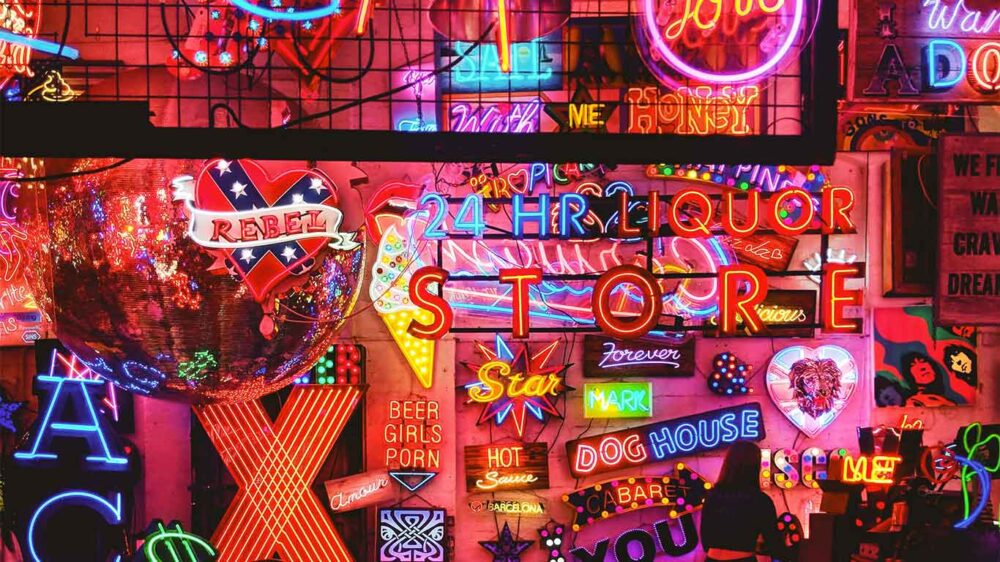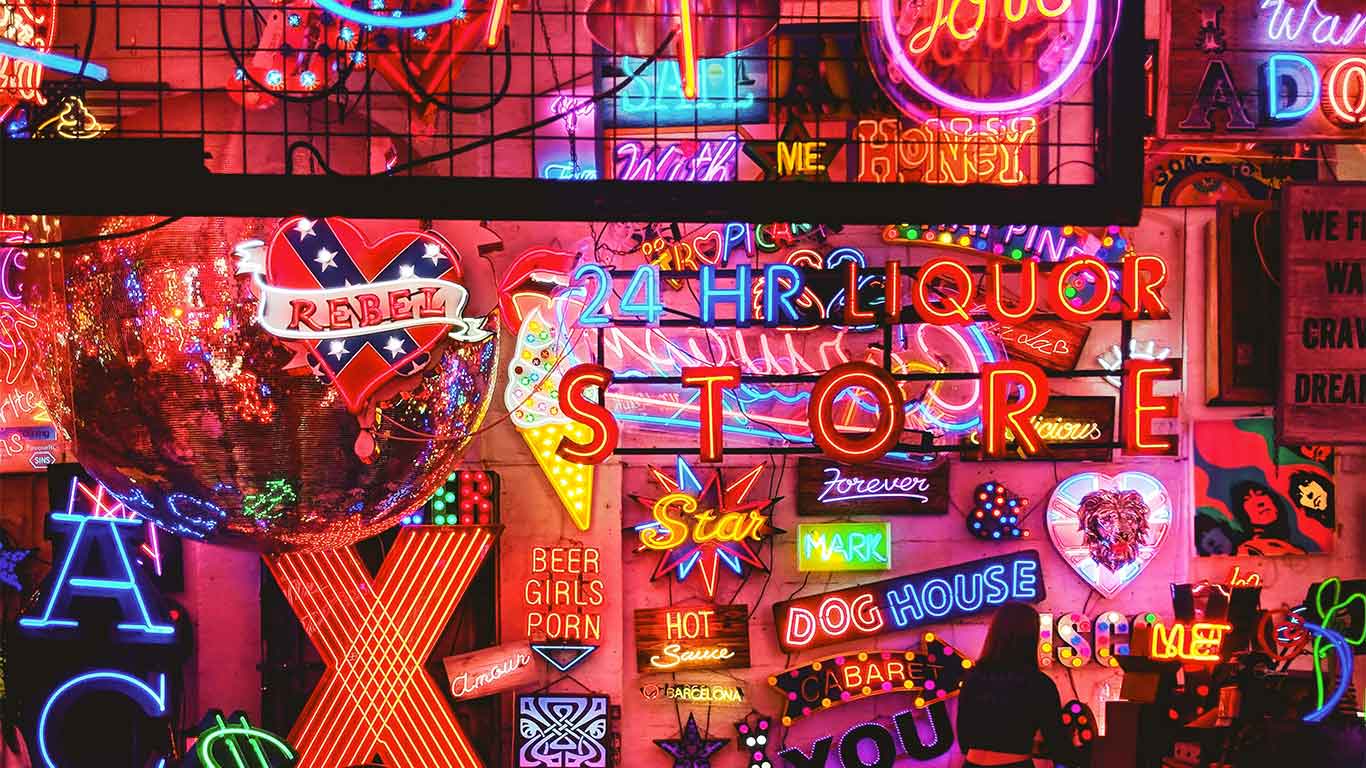Many businesses use personalisation to stay relevant as consumer demand and behaviour change dynamically. Several studies have indicated that many consumers prefer purchasing retro products, with most wishing for shopping experiences similar to those in the past.
Many customers are also turning to buying less and more sustainably at specific periods like the beginning of the year. The widespread purchase of classic products like VHS tapes and Polaroid cameras points to the resurgence of retro. Some reports indicate that consumers are turning to these products because of the nostalgia they bring.

The Psychological Appeal of Nostalgia




















